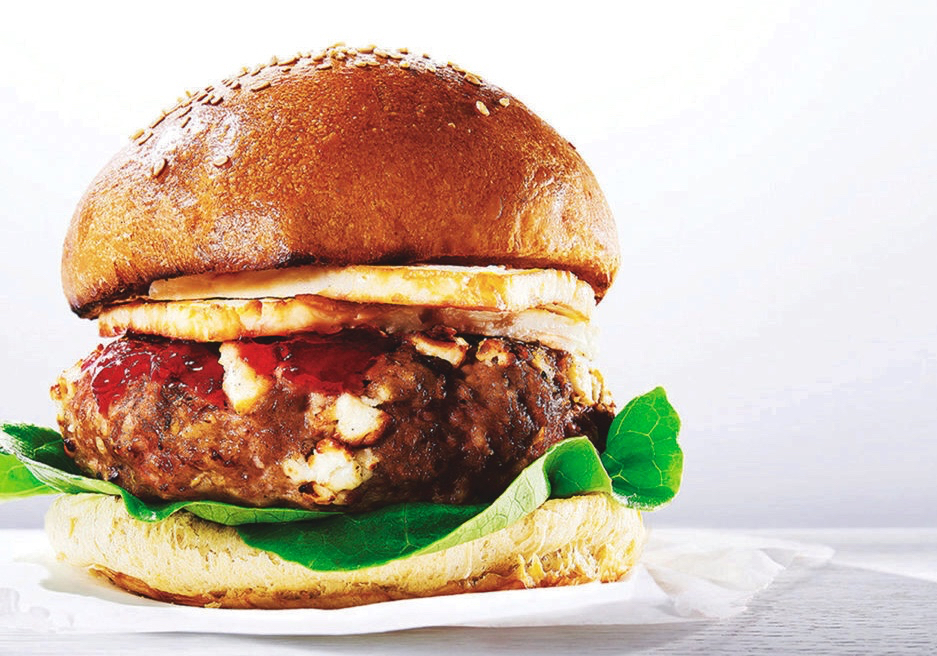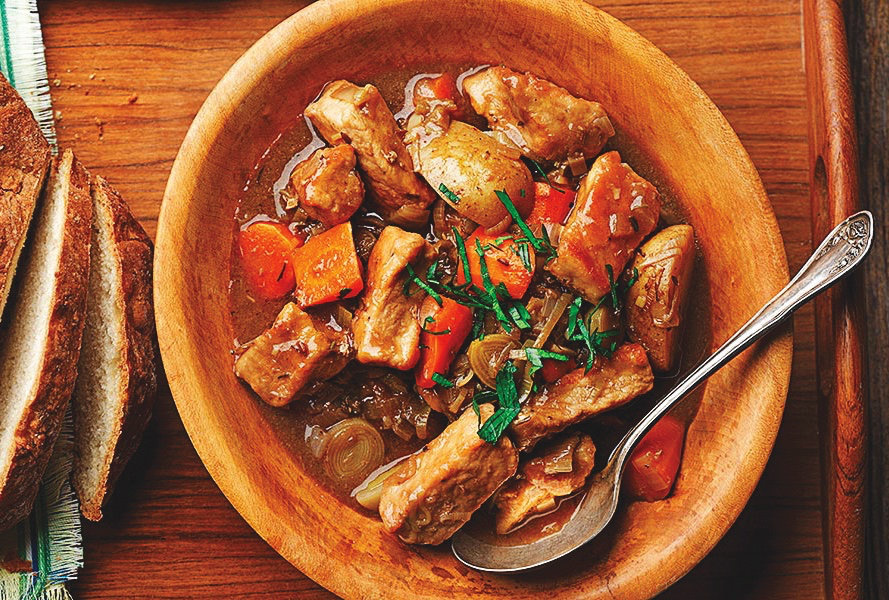The average portion size for sodas has increased markedly in the past three decades.
Like most people, I enjoy sweet foods on occasion. Moderation is the key.
Drinking excess calories is quite easy. A 12-ounce can of regular soda pop, for example, has about 150 calories. Consuming an extra 100 calories a day beyond your body’s needs can result in a 10-pound weight gain in a year. If you do the math, that’s the amount of calories in an eight-ounce cup of regular pop.
Read Also

Cooking fish of Manitoba: Keep your catch fresh and tasty for the table
Fishing in Manitoba provides mouthwatering meals, assuming anglers handle, process and cook their fish properly before sitting down to eat. Here’s how, with recipes and fish preparation tips.
The average portion size for sodas has increased markedly in the past three decades. A typical portion of pop increased from 13 ounces to about 20 ounces from the 1970s to the 1990s.
A 20-ounce bottle of regular pop provides about 250 calories. Some locations even sell 64-ounce portions of pop. Consider the calories in that thirst-quenching jug!
Unfortunately, our bodies generally do not recognize beverages to be as filling as foods. We can take in more calories from beverages without feeling as full as we might feel after consuming the same amount of calories from solid food.
According to current nutrition recommendations, we all have a “calorie salary” that allows us to meet our nutrition needs while maintaining our weight. We get some discretionary calories to “spend” as we wish after we’ve met our basic needs.
For people who need about 2,000 calories per day to maintain their weight, the amount of discretionary calories is about 200 to 300. Be aware of the calories per serving and the serving size on your favourite foods.
To maximize your nutrition, consider your beverages as well as your solid foods. Quench your thirst with plain water most often. To get the calcium you need, enjoy three daily servings of calcium-rich dairy foods, such as low-fat or fat-free milk.
Enjoy some discretionary calories without guilt!
– Julie Garden-Robinson, PhD, L. R. D., is a North Dakota State University Extension Service food and nutrition specialist and associate professor in the department of health, nutrition and exercise sciences.


















